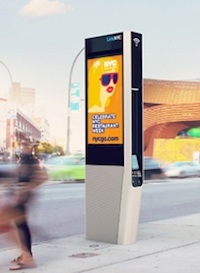 The dangers of excessive Wi-Fi radiation will not be among the topics discussed when Sidewalk Labs CEO Dan Doctoroff talks Feb. 10 about the ongoing installation of 7,500 high-powered Wi-Fi kiosks in New York City.
The dangers of excessive Wi-Fi radiation will not be among the topics discussed when Sidewalk Labs CEO Dan Doctoroff talks Feb. 10 about the ongoing installation of 7,500 high-powered Wi-Fi kiosks in New York City.
|
|
Jennifer Cho, director of development, NYU’s Center for Urban Science & Progress, Brooklyn, said the program will discuss new technologies that will improve the life of city inhabitants. There will be a Q&A period in the hour-long program but no duration has been set for that.
Activists have asked for a “literature table” where documents on the health effects of radiation can be displayed. That will not be allowed, she said. Also rejected was the suggestion that the program be moved to NYU’s Kimmel Center in New York.
Doctoroff uses abstract, general terms in talking about the Kiosks. The Jan. 25 New Yorker described an initial nine-foot, six-inch kiosk being installed at Third ave. and 15th st.
|
|
Formation of Sidewalk Labs by Google, a $200 million project, was announced June 10, 2015. It included the following paragraph.
“We are at the beginning of a historic transformation in cities. At a time when the concerns about urban equity, costs, health and the environment are intensifying, unprecedented technological change is going to enable cities to be more efficient, responsive, flexible and resilient. We hope Sidewalk will play a major role in developing technological products, platforms and advanced infrastructure that can be implemented at scale in cities around the world.”
Fry Our Brains As We Walk
Critics of the installations say the “corporatese” expressed above masks what is being done—“frying the brains and bodies of people walking by these radiation-emitters.”
Truly educational programs, they say, include the six-part series on radiation dangers conducted by the Ashland, Mass., library from Oct. 8, 2015 to Feb. 11, 2016 and the Feb. 16 program to be conducted by Dr. Joel Moskowitz, director, Center for Family and Community Health at University of California Berkeley School of Public Health.
“In May of 2015,” says the program, “more than 200 scientists signed an appeal which was then submitted to the United Nations WHO and UN member states. These scientists have collectively published over 2,000 peer-reviewed papers on the biological or health effects of non-ionizing radiation, part of the EMF spectrum that includes Extremely Low Frequency Fields (EMF) used for electricity, or Radio Frequency (RFR) used for wireless communications.
“The International EMF Scientist Appeal calls for the UN, WHO, UNEP and UN member states to address the emerging public health crisis related to cellphones, wireless devices, wireless utility meters and wireless infrastructure in neighborhoods.”
Alternatives such as wired devices are being urged that would “substantially lower human exposures to non-ionizing radiation.” smartmeters.org is distributing cards that warn of the dangers of Wi-Fi and other radiation.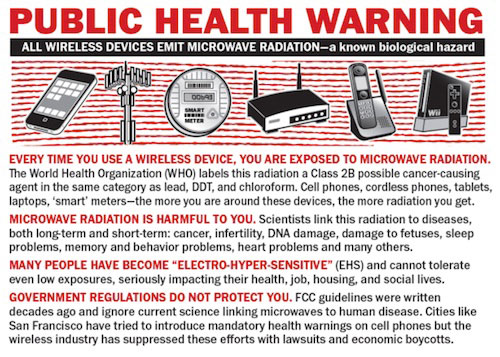
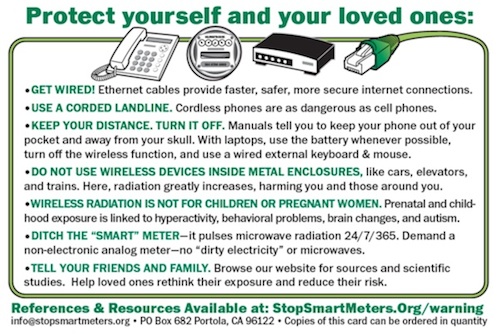

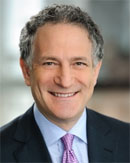
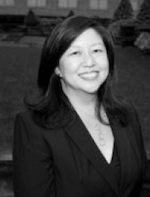

 Maggie Moran, who is well-connected in New Jersey and New York Democratic politics, has established Moxie Strategies in Asbury Park, NJ.
Maggie Moran, who is well-connected in New Jersey and New York Democratic politics, has established Moxie Strategies in Asbury Park, NJ.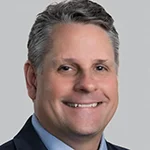 Husch Blackwell Strategies has added FleishmanHillard alum Michael Slatin as a principal in its public affairs group.
Husch Blackwell Strategies has added FleishmanHillard alum Michael Slatin as a principal in its public affairs group.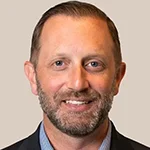 Rory Cooper, a veteran Republican operative and policy specialist, has joined Teneo’s Washington office as senior managing director in its strategy & communications practice.
Rory Cooper, a veteran Republican operative and policy specialist, has joined Teneo’s Washington office as senior managing director in its strategy & communications practice. Brian Fallon, who served as national press secretary for Hillary Clinton’s 2016 presidential run, is signing on next month as Vice President’s Kamala Harris’ campaign communications director.
Brian Fallon, who served as national press secretary for Hillary Clinton’s 2016 presidential run, is signing on next month as Vice President’s Kamala Harris’ campaign communications director. TikTok is nothing more than a Chinese propaganda tool that poses “a grave threat to America’s national security and, in particular, impressionable children and young adults,” say two Congressmen who want the platform registered as a foreign agent.
TikTok is nothing more than a Chinese propaganda tool that poses “a grave threat to America’s national security and, in particular, impressionable children and young adults,” say two Congressmen who want the platform registered as a foreign agent.


 Have a comment? Send it to
Have a comment? Send it to 
No comments have been submitted for this story yet.